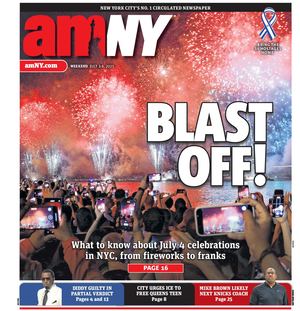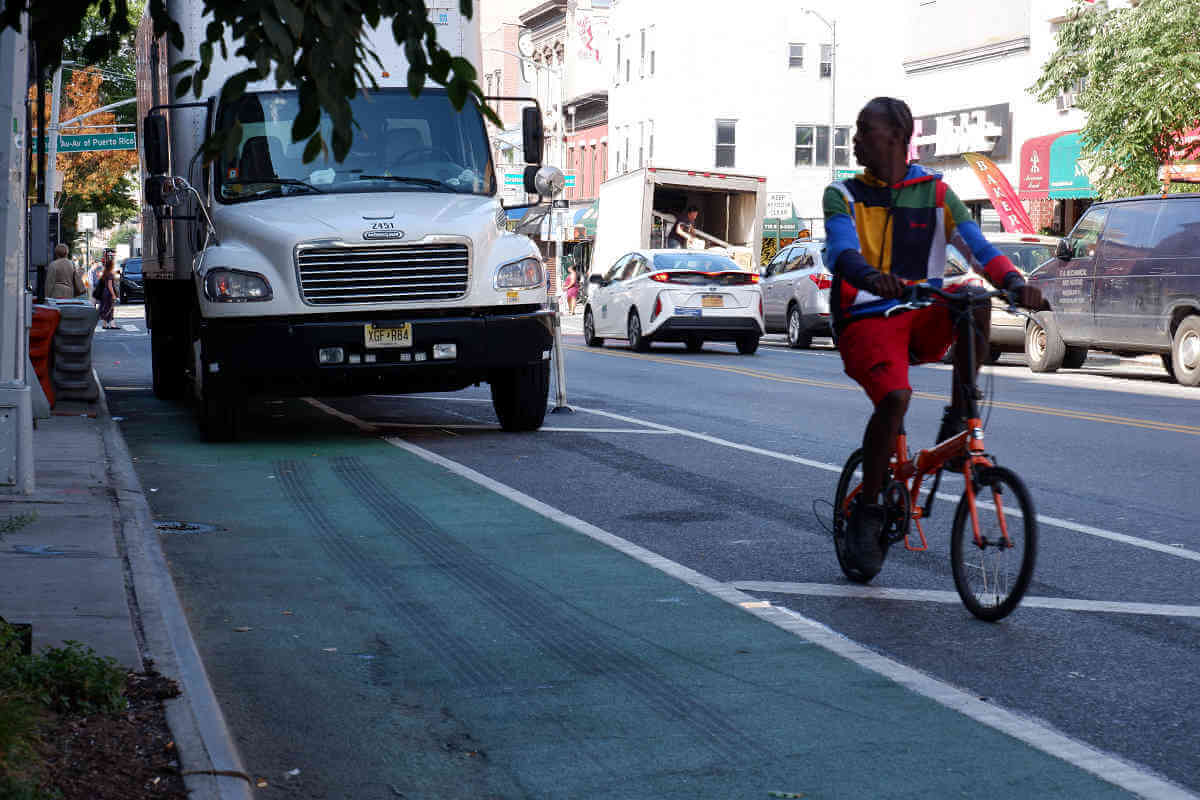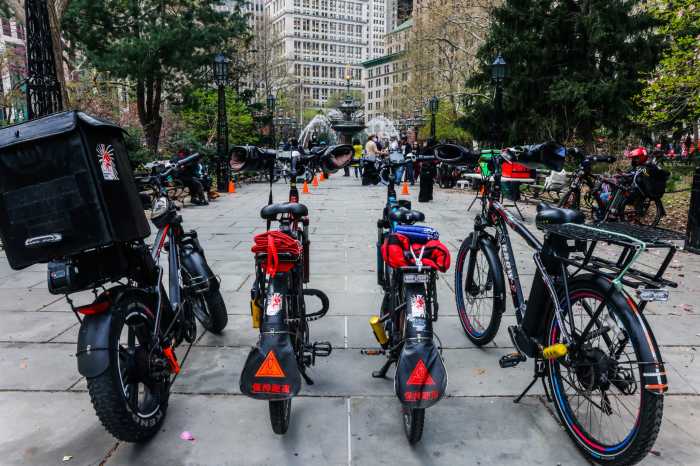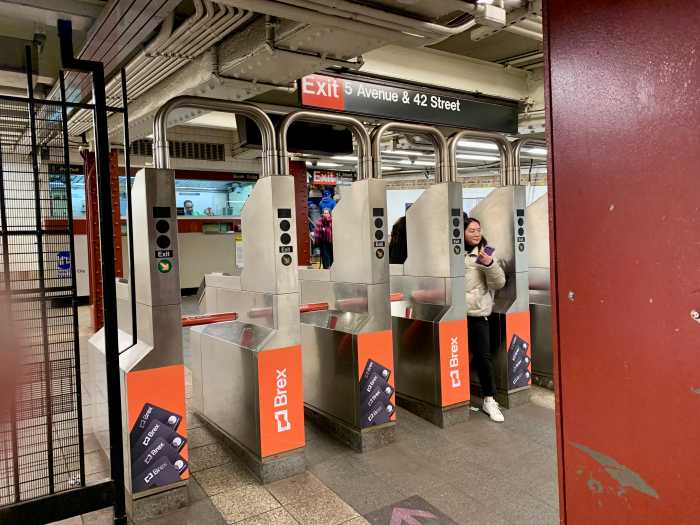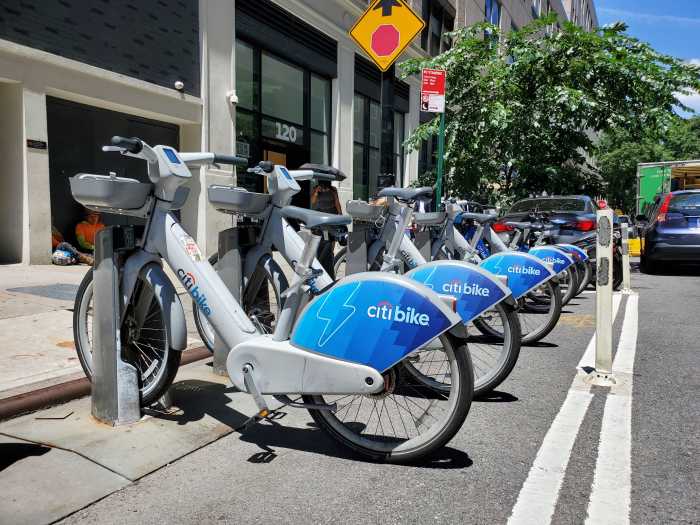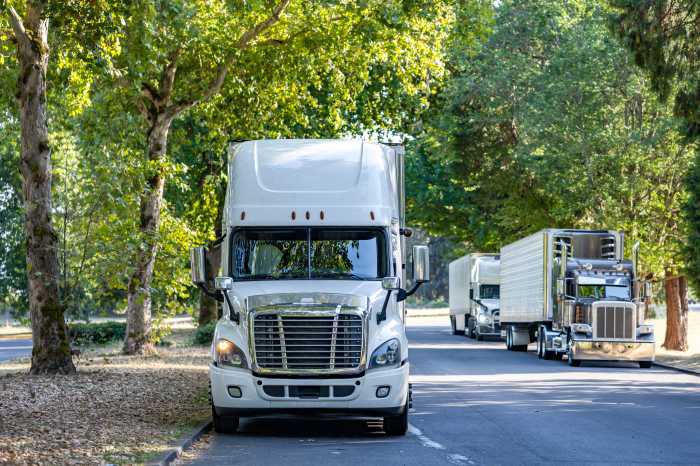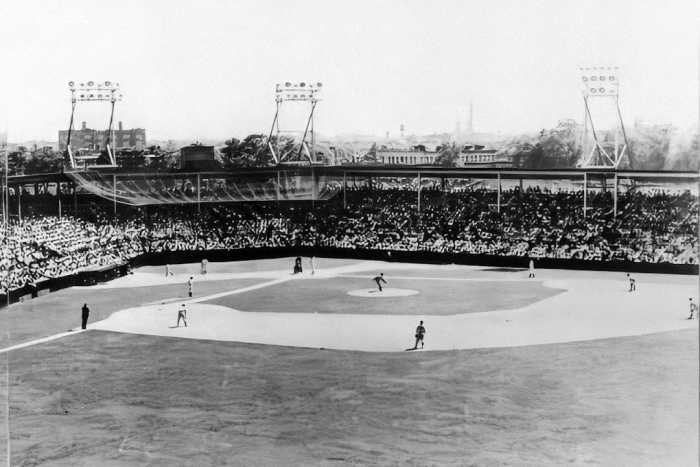The New York City Department of Transportation launched a new online platform on Wednesday allowing New Yorkers to report areas where cars and trucks frequently double-park or park in bike or bus lanes.
The platform on DOT’s website is intended to provide the agency with insight into the areas where parking scofflaws most consistently frustrate New Yorkers. That information will be used in deciding where the agency places new dedicated loading zones for vehicles to load and unload freight without obstructing others.
“We want New Yorkers to help us pin down double parking and blocked bus and bike lanes across our city,” said DOT Commissioner Ydanis Rodriguez in a statement. “Our new web platform will empower New Yorkers to join the conversation about where problems exist and where we can build new loading zones across the five boroughs.”
Users can choose one of five different grumbles — parking in bike, bus, or travel lanes, double parking, or “other” — and then write a comment and submit it at the pinpoint location where the activity occurs.
By Wednesday afternoon, more than 900 separate pins had been dropped across the five boroughs.

On Adams Street in Downtown Brooklyn, one perturbed individual said there are so many illegally parked cars, trucks, and police vehicles that “there may as well not be a bike lane.” On Avenue A in the East Village, a commenter said the road’s bus lane is “a joke” that’s constantly blocked by cars and trucks. On Steinway Street in Astoria, Queens, a commenter kvetched that their Q101 bus stop is “not much of a bus stop as it is a rest stop for truck drivers.”
The information gleaned from all the pins will not directly lead to ticketing against scofflaws, though the city could potentially focus enforcement on areas found to be problematic.
The city has added over 2,000 new loading zones, where ordinary traffic is banned to allow for freight delivery, since December 2021, according to DOT, and plans to add 500 more this year and next. Last month, DOT announced it would pilot local “micro-hubs” along curbs and in off-street locations, in the hopes of allowing large trucks to unload goods onto smaller vehicles like vans and cargo bikes, where they will make the final sprint to their destinations.
To submit reports, visit www.nyc.gov/loadingfeedback
Read more: Controversy Over MTA’s Brooklyn Bus Redesign
